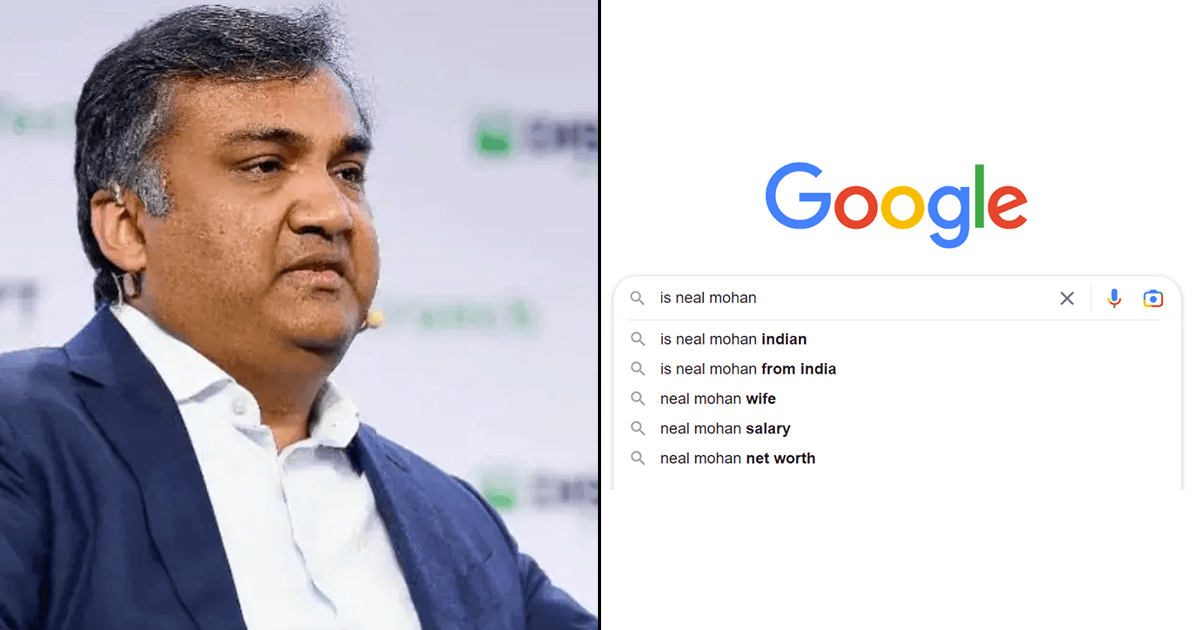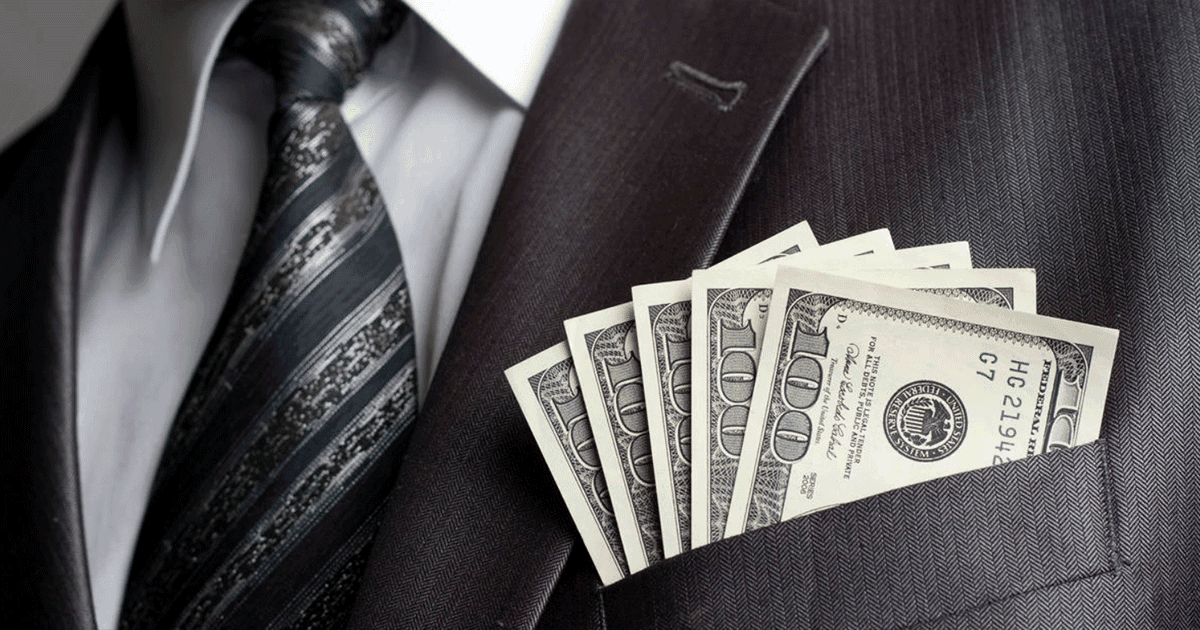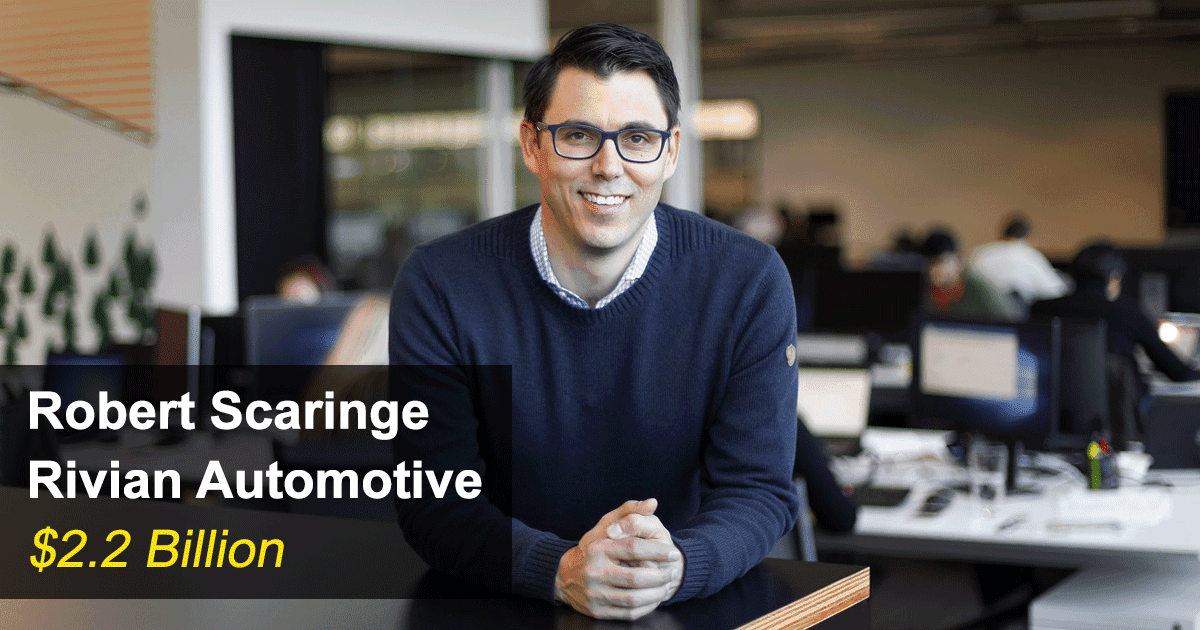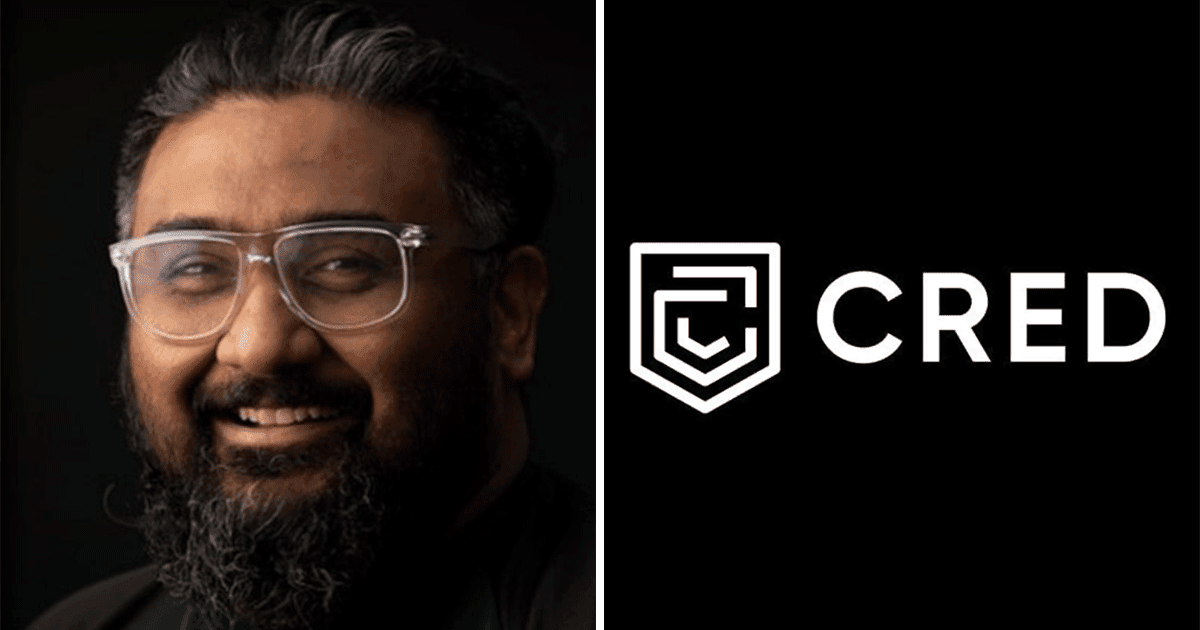Nithin Kamath, the CEO of Zerodha draws a basic salary of ₹4.16 crore per month, while Kunal Shah, the CEO of Cred only draws ₹15,000. Which of these CEOs is more ‘inspiring’ in your opinion? Due to our cognitive biases, we might instantly say Kunal Shah is a more inspiring CEO as he draws such a less salary, whether that’s true or not is a separate discussion.

What I meant by that comparison was to show you the benefits or the impact a CEO drawing a low salary has on employees and the public in general. It creates a positive image in the general public, and that’s one of the reasons why CEOs do that.
Recently, Kunal Shah made headlines for revealing that he only draws ₹15,000 per month and it became a huge talk on the internet.

The thing is, it’s not really an uncommon practice for CEOs to draw low salaries, many times CEOs have taken a $1 symbolic salary too. There are many reasons why they do that, and today I’m going to explain to you just that.

When it comes to CRED, it’s a loss-making startup right now, so it doesn’t really make sense for the CEO to take huge paychecks and make the business suffer more, as was clarified by Kunal in his post.

Comparatively, taking our previous example, Zerodha has been profitable since year one, and hence, the company can afford to pay the founders and CXOs huge amounts for the efforts they have put in without causing a dent in the business.
The other thing is that a salary is not the only thing a CEO draws. They might be entitled to stock options and other compensations, which might be tied to the company’s performance and be much higher than their salaries.
CEOs and promoters don’t take compensation through salaries as it is tax-inefficient, as they almost end up paying around half of it in taxes, hence it doesn’t really make sense. By taking a low salary, a CEO might be able to reduce their taxable income and pay less in taxes.

Taking a low salary also creates a positive image, as mentioned earlier. By taking a symbolic salary, or a ₹15,000 salary in this case, the CEOs send a positive message that they are ready to sacrifice personal gains for the benefit of the company, giving them brownie points in front of the public, and improving public relations.
When a company is facing financial difficulties, as in the case of CRED, it doesn’t really make sense for the CEO to draw a huge paycheck. Hence, CEOs choose to take a lower salary to help the company reduce expenses and improve its financial position.
It might not even sit well with the shareholders for a CEO to cash in a huge paycheck when a company is in financial turmoil. Shareholders may prefer that the CEO’s compensation be tied to the company’s performance rather than a high base salary.

Coming to Kunal Shah, he was also the brain behind Freecharge, a phone recharge company which was valued at ₹2800 crores when it was acquired by Snapdeal. So, it’s easier for him to survive on a ₹15,000 salary, as was the concern of the person who asked the question. He is also an angel investor, and just like him CEOs who draw lower salaries have different income avenues making it easier for them to do so.
Inspiration or not is for you to decide but at least now you know why some CEOs choose to take a low salary.
Also Read:
Top 12 Indian CEOs Of The World’s Biggest Companies
EO Was Called Out, Again, For Glorifying His Tired Employee Sleeping In An Autorickshaw

















